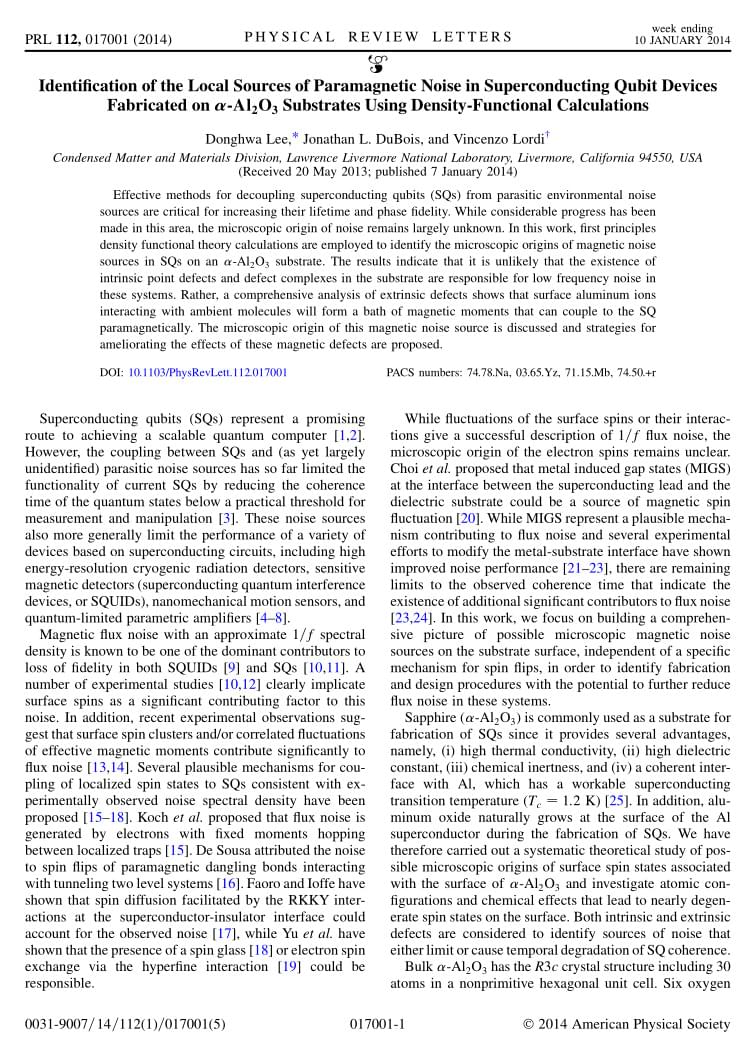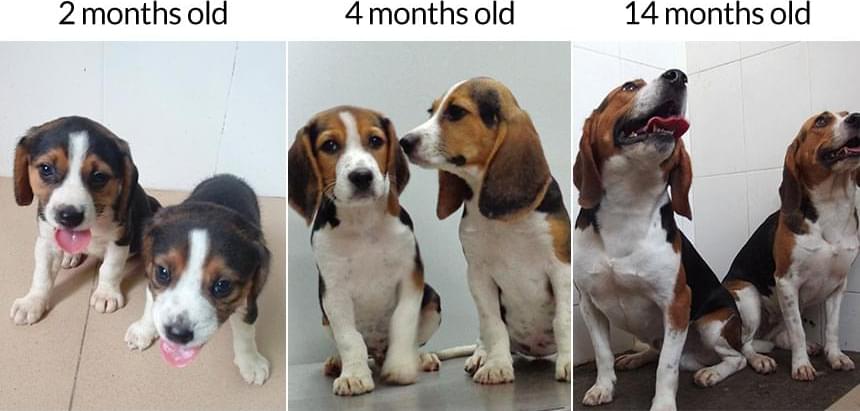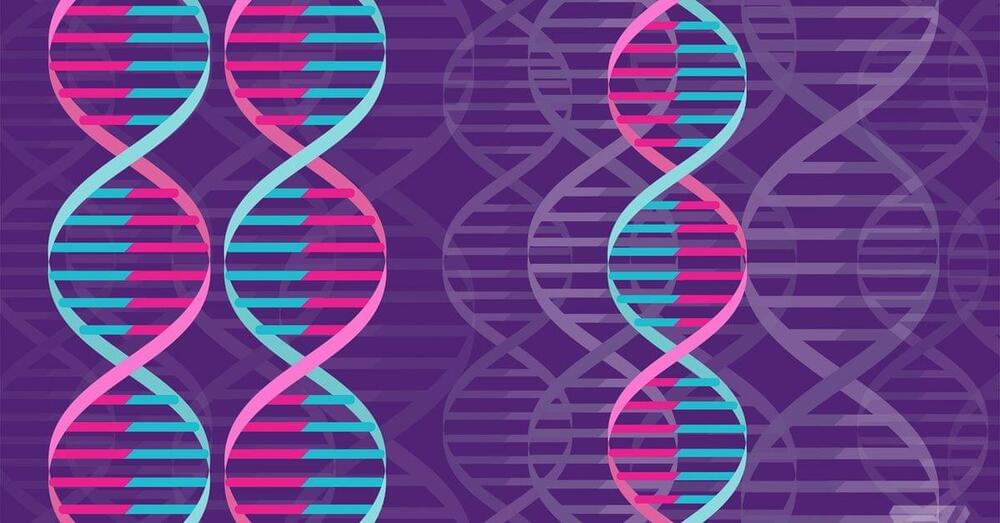I think so.
A recent study demonstrates that machine learning methods could determine the risk of a viral jump or “spillover” from animals to humans.
I think so.
A recent study demonstrates that machine learning methods could determine the risk of a viral jump or “spillover” from animals to humans.
While wind turbine and solar power platforms are beginning to take to the sea, another, more established form of power might also avoid hiking real estate costs.
A Copenhagen-based startup just raised funding to the sum of eight figures in Euros to begin construction of a new kind of cheap, flexible, portable, and unyieldingly safe nuclear reactor, according to a press release shared by the company, Seaborg Technologies.
And, crucially, the timeline for global deployment will shatter conventional paradigms in the energy industry.
Today, 19:00 UTC, Bob Zubrin will present his book “The case for space”.
Follow on YouTube Space Renaissance channel.
It can be difficult to distinguish between substance and hype in the field of artificial intelligence. In order to stay grounded, it is important to step back from time to time and ask a simple question: what has AI actually accomplished or enabled that makes a difference in the real world?
This summer, DeepMind delivered the strongest answer yet to that question in the decades-long history of AI research: AlphaFold, a software platform that will revolutionize our understanding of biology.
In 1,972 in his acceptance speech for the Nobel Prize in Chemistry, Christian Anfinsen made a historic prediction: it should in principle be possible to determine a protein’s three-dimensional shape based solely on the one-dimensional string of molecules that comprise it.

Effective methods for decoupling superconducting qubits (SQs) from parasitic environmental noise sources are critical for increasing their lifetime and phase fidelity. While considerable progress has been made in this area, the microscopic origin of noise remains largely unknown. In this work, first principles density functional theory calculations are employed to identify the microscopic origins of magnetic noise sources in SQs on an α-Al_{2}O_{3} substrate. The results indicate that it is unlikely that the existence of intrinsic point defects and defect complexes in the substrate are responsible for low frequency noise in these systems. Rather, a comprehensive analysis of extrinsic defects shows that surface aluminum ions interacting with ambient molecules will form a bath of magnetic moments that can couple to the SQ paramagnetically. The microscopic origin of this magnetic noise source is discussed and strategies for ameliorating the effects of these magnetic defects are proposed.



Straight from the world of aquatic sports to the cosmic realm.
Some 70 years later, we are still relying on air friction, heatshields, and parachutes and landing at sea more often than not. A change could boost the commercialization of LEO.
This new see-through wood alternative to glass has better heat-insulating properties to reduce your cost of heating and cooling.